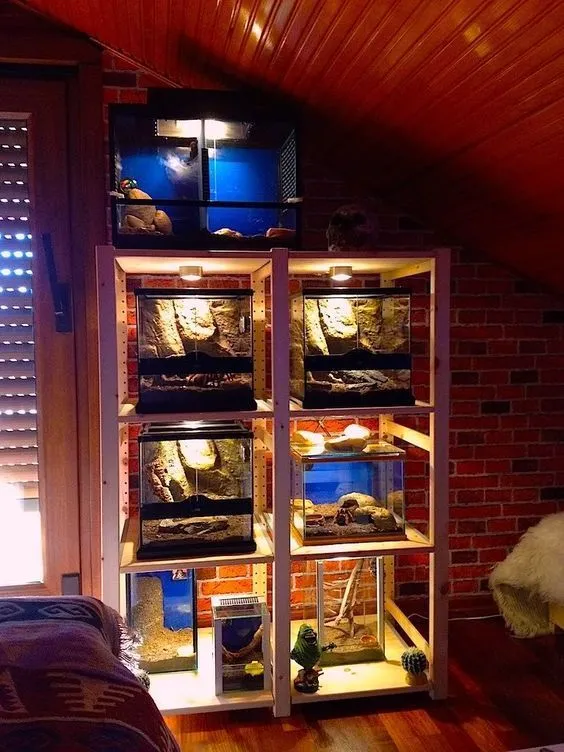Choosing the Right Tarantula Housing
Setting up the perfect tarantula housing is crucial for the health and happiness of your eight-legged friend. A well-designed enclosure provides a safe, comfortable, and stimulating environment. This guide will walk you through the essential aspects of tarantula housing, from choosing the right size and materials to maintaining optimal temperature and humidity. Understanding your tarantula’s needs and providing a suitable habitat are the cornerstones of responsible tarantula ownership. This detailed guide is designed to assist both novice and experienced keepers in establishing a thriving environment for their pet tarantulas, ensuring their well-being and longevity. The goal is to replicate the tarantula’s natural habitat as closely as possible, providing it with everything it needs to flourish.
Tank Size and Dimensions
The size of the tarantula housing is paramount to your tarantula’s well-being. It should be large enough for the tarantula to move around comfortably, but not so large that the tarantula feels overwhelmed or has difficulty finding its food. A general rule of thumb is to provide a tank that is at least two to three times the tarantula’s leg span in width and length. The height of the enclosure is also important, especially for arboreal species that enjoy climbing. Always consider the adult size of your tarantula when selecting housing, even if you are starting with a juvenile. This will save you from having to upgrade the enclosure later. Ensure the enclosure has a secure lid to prevent escapes, as tarantulas are surprisingly adept at finding their way out.
Considering your tarantula’s species
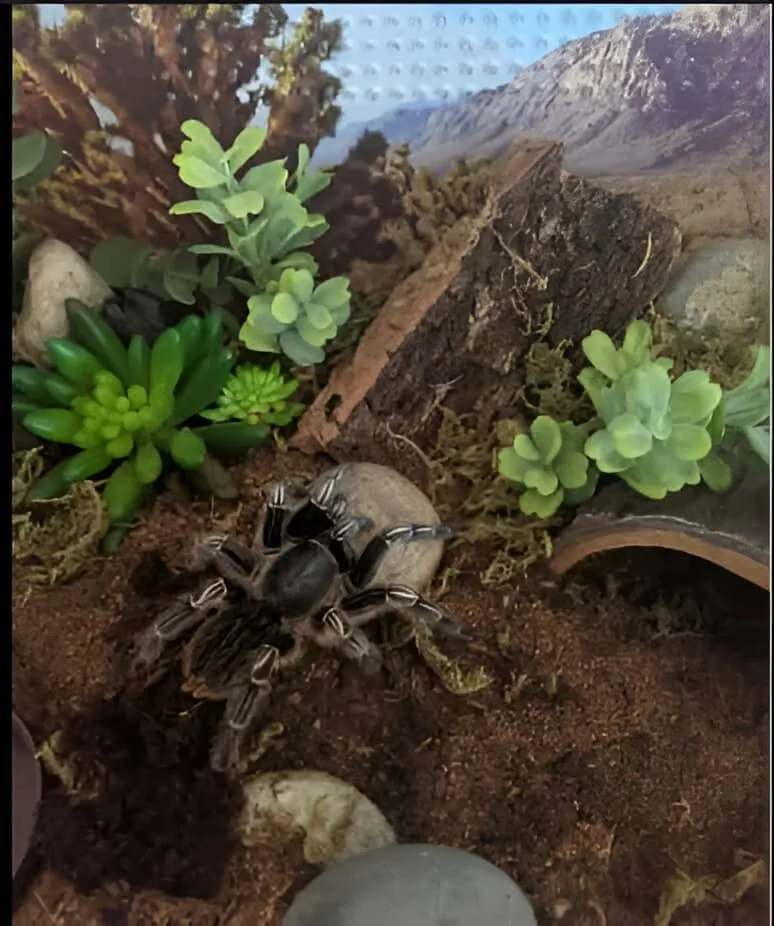
Different tarantula species have varying housing requirements. For example, terrestrial species, which spend most of their time on the ground, require more floor space. Arboreal species, on the other hand, need more vertical space for climbing. Burrowing species benefit from deeper substrate to create their burrows. Researching the specific needs of your tarantula species is crucial for providing an appropriate enclosure. Consider their natural habitat, their activity levels, and any special needs they might have. This will help you create an environment that mimics their natural surroundings and promotes their well-being. Some species are more prone to stress, and these may benefit from a more secluded habitat. Observe your tarantula’s behavior to gauge its comfort levels within the enclosure.
Ventilation in your Tarantula Housing
Proper ventilation is crucial for maintaining a healthy environment within the tarantula housing. Good airflow helps prevent the buildup of mold and mildew, which can be harmful to your tarantula. It also helps regulate humidity levels, preventing them from becoming too high, which can lead to respiratory issues. The enclosure should have adequate ventilation, typically achieved through cross-ventilation, with holes or mesh on opposite sides of the enclosure. The number and size of ventilation holes depend on the size of the enclosure and the humidity requirements of the species. Be careful not to create too much ventilation, which can dry out the enclosure excessively. Find a balance that provides sufficient airflow while maintaining the desired humidity levels for your specific tarantula.
Airflow importance
Adequate airflow is not just about preventing mold; it also ensures the tarantula can breathe properly and reduces the risk of respiratory infections. Stagnant air can harbor harmful bacteria and create an environment conducive to the growth of pathogens. Proper ventilation also helps dissipate odors and maintain the overall quality of the air inside the enclosure. Monitor the airflow in your enclosure by observing the behavior of your tarantula and checking for any signs of condensation. If the enclosure is consistently too humid, increase ventilation by adding more holes or adjusting the existing ones. Conversely, if the enclosure is too dry, you may need to reduce ventilation or add more moisture.
Substrate The Foundation of Tarantula Housing
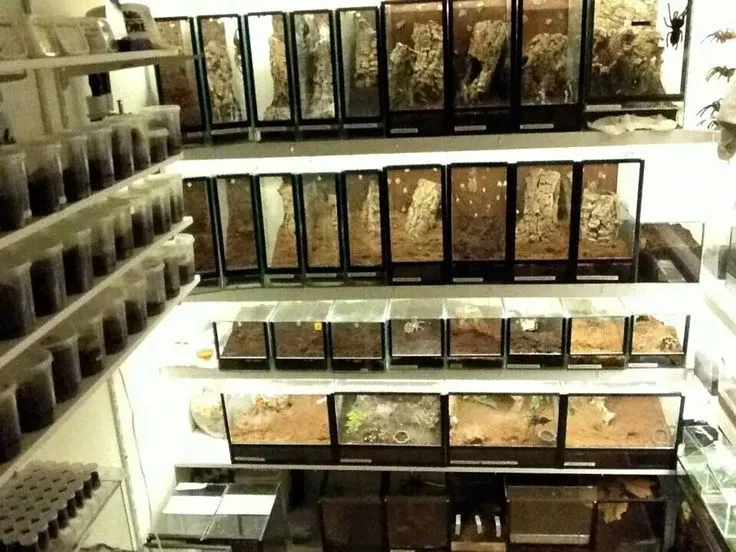
The substrate is the foundation of your tarantula’s habitat, providing a place for it to burrow, hide, and feel secure. It also helps to regulate humidity and absorb waste. The choice of substrate depends on the species of tarantula and its specific needs. The substrate should be non-toxic, absorbent, and capable of holding its shape. It should also be easy to clean and replace. The depth of the substrate is important, particularly for burrowing species, which need enough depth to create their burrows. The type of substrate you choose will greatly impact the overall health of your tarantula’s housing. Avoid substrates that are dusty or can harbor mites, and always choose a substrate that is appropriate for the species you are housing.
Substrate options for Tarantulas
There are several substrate options available, each with its own advantages and disadvantages. Popular choices include coconut fiber (coir), peat moss, vermiculite, and a mix of these. Coconut fiber is a versatile and popular choice, as it holds moisture well, is readily available, and is relatively inexpensive. Peat moss is another good option, but it can be acidic, so it’s often mixed with other substrates. Vermiculite is excellent for holding moisture but can become compacted. A mix of these substrates can provide the best of all worlds, offering good moisture retention, drainage, and structure for burrowing. Avoid substrates like sand and gravel, as they don’t hold moisture well and can be difficult for tarantulas to burrow in. Always ensure the substrate is clean and free of pesticides or other harmful chemicals.
Moisture Management and Humidity
Maintaining the correct humidity levels is essential for the health of your tarantula. Humidity is the amount of water vapor in the air. Most tarantulas require a humidity level between 60% and 80%, although some species may require higher or lower humidity. The correct humidity helps tarantulas molt properly and prevents them from drying out. You can maintain humidity by misting the enclosure with water, providing a water dish, and using a substrate that retains moisture. Monitor humidity levels using a hygrometer, a device that measures humidity. Adjust the frequency of misting and the amount of ventilation to maintain the appropriate humidity level for your tarantula’s species. Overly humid conditions can lead to mold and other health issues, so it is crucial to find the right balance.
Decorating Your Tarantula’s Habitat
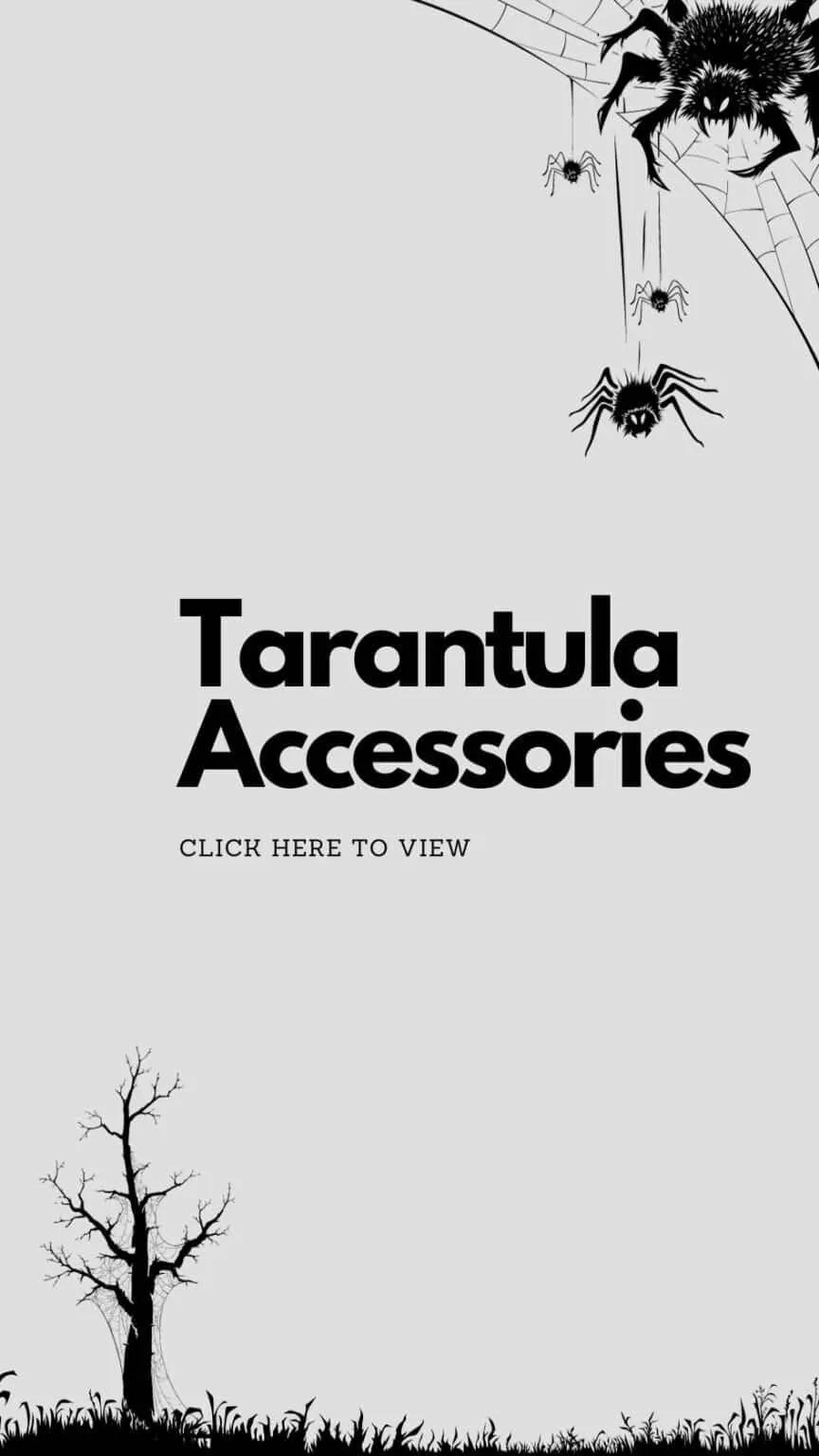
Decorating your tarantula’s habitat not only enhances its aesthetic appeal but also provides enrichment and security for your tarantula. Decorations can offer hiding places, climbing surfaces, and opportunities for exploration, mimicking the tarantula’s natural environment. Choose decorations that are safe, non-toxic, and appropriate for your tarantula’s size and species. Avoid sharp objects or decorations that could injure your tarantula. Consider the tarantula’s natural behavior when selecting decorations. For example, terrestrial species may appreciate a hide, while arboreal species may benefit from branches and cork bark for climbing. The right decorations contribute to a more natural and stimulating environment, which can help reduce stress and improve your tarantula’s overall well-being.
Essential Decorations
Essential decorations for tarantula housing include hides, water dishes, and climbing structures. Hides provide a secure place for the tarantula to retreat and feel safe, especially during molting. Cork bark, half-logs, or commercially available hides are all suitable options. Water dishes provide a constant source of fresh water. Choose a dish that is shallow enough to prevent drowning, and ensure it’s easy to clean. Climbing structures, such as branches and cork bark, are essential for arboreal species and provide enrichment for all tarantulas. Live or artificial plants can also be added to the enclosure to enhance the aesthetic appeal and provide additional hiding places. Ensure all decorations are securely placed and won’t tip over or collapse, potentially harming your tarantula. Choose decorations that are easy to clean or replace as needed.
Hides and Shelters
Hides are one of the most important decorations in a tarantula enclosure. They provide a sense of security and allow your tarantula to retreat from view when it feels threatened or during molting. The size of the hide should be appropriate for your tarantula; it should be large enough for the tarantula to comfortably fit inside but not so large that it feels exposed. Popular hide options include cork bark, half-logs, and commercially available hides designed specifically for tarantulas. Place the hide in a location where your tarantula can easily access it. Observe your tarantula’s behavior to see if it prefers a hide that is more open or more enclosed. Providing multiple hides can give your tarantula a variety of options and help it feel more secure within its enclosure.
Temperature and Heating
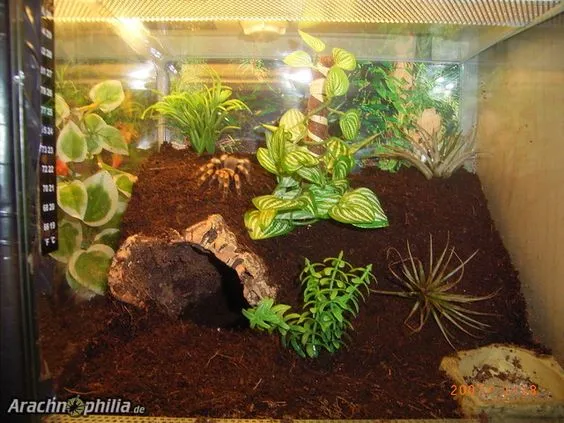
Maintaining the correct temperature is crucial for the health and well-being of your tarantula. Tarantulas are ectothermic, meaning they rely on external sources of heat to regulate their body temperature. The appropriate temperature range varies depending on the species, but generally, most tarantulas thrive in temperatures between 70°F and 80°F (21°C and 27°C). Provide a stable and consistent temperature within this range. Avoid placing the enclosure in direct sunlight, which can cause the temperature to rise too high. Monitor the temperature regularly using a thermometer, and adjust the heating methods as needed to maintain the desired temperature.
Ideal Temperature Range
The ideal temperature range for your tarantula is specific to its species. Research your tarantula’s species to determine its preferred temperature range. In general, most tarantulas prefer temperatures between 70°F and 80°F (21°C and 27°C). Some species may tolerate slightly higher or lower temperatures. Avoid exposing your tarantula to extreme temperatures, as this can be harmful. Temperatures above 90°F (32°C) can be lethal, and temperatures below 60°F (15°C) can slow down the tarantula’s metabolism and make it less active. Provide a temperature gradient within the enclosure, with a slightly warmer area on one side. This allows the tarantula to regulate its body temperature by moving to different areas of the enclosure. Monitor the temperature regularly using a thermometer placed in different locations within the enclosure.
Heating Methods for Tarantula Housing
There are several methods for heating a tarantula enclosure. The most common methods include heat mats, ceramic heat emitters, and incandescent bulbs. Heat mats are often placed on the side or back of the enclosure and provide a gentle, consistent source of heat. Ceramic heat emitters provide heat without light and are a good option for maintaining a consistent temperature without disrupting the tarantula’s day/night cycle. Incandescent bulbs can also be used, but they should be used with caution, as they can raise the temperature too quickly and may need to be used with a thermostat to regulate the temperature. Avoid using heat rocks, as they can cause burns. Always use a thermostat to regulate the temperature and prevent overheating. Position heat sources carefully to prevent direct contact with the tarantula or the substrate.
Feeding and Water
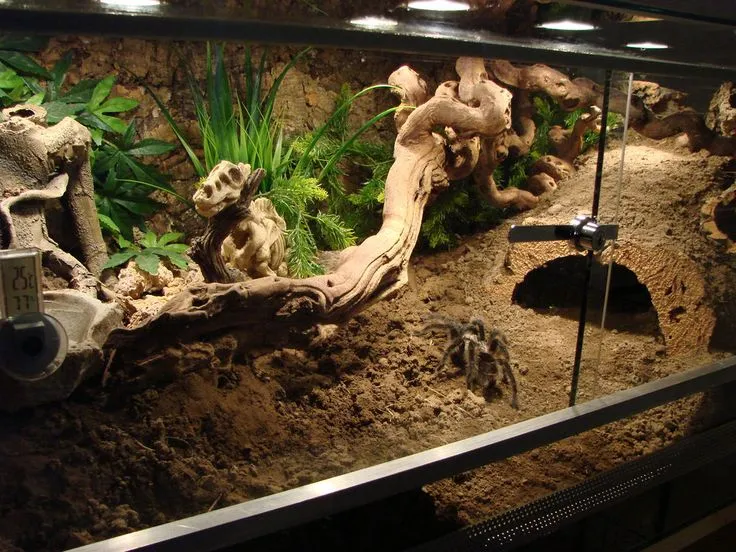
Providing proper feeding and water is essential for the health and well-being of your tarantula. Tarantulas are predators, and their diet consists primarily of insects. The frequency and type of food depend on the species and age of the tarantula. Fresh water should be available at all times. Proper nutrition and hydration are essential for tarantula health, growth, and molting. The size of the prey items should be appropriate for the tarantula. Overfeeding can lead to health problems, and underfeeding can lead to slow growth or starvation. Regularly observe your tarantula’s feeding behavior and adjust the feeding schedule as needed. Maintain a clean water dish to ensure your tarantula always has access to fresh water.
Water Dishes and Hydration
Providing a clean water dish is crucial for your tarantula’s hydration. The water dish should be shallow enough to prevent the tarantula from drowning and should be easily accessible. Choose a water dish that is non-toxic and easy to clean. Ceramic dishes, plastic dishes, and even bottle caps can be used. Ensure the water dish is securely placed and won’t tip over. Refill the water dish regularly with fresh, clean water. In addition to a water dish, you can mist the enclosure to provide additional humidity and hydration, particularly for species that require higher humidity levels. Regularly check the water dish for cleanliness and replace the water when it becomes dirty or contaminated. Providing a constant source of fresh water is essential for your tarantula’s survival.
Food and Feeding Schedule
The feeding schedule for your tarantula depends on its species, age, and size. Juvenile tarantulas typically need to be fed more frequently than adults, sometimes as often as twice a week. Adults may only need to be fed once or twice a month. The size of the prey items should be appropriate for the tarantula’s size. Crickets, mealworms, roaches, and other insects are commonly used as food. Avoid feeding your tarantula wild-caught insects, as they may contain pesticides or parasites. Remove any uneaten prey items within 24 hours to prevent them from stressing your tarantula or causing mold growth. Observe your tarantula’s feeding behavior and adjust the feeding schedule as needed. A tarantula that consistently refuses food may be preparing to molt or could be ill. Consult with an experienced tarantula keeper or a veterinarian if you have any concerns about your tarantula’s feeding habits. Remember to handle food items with care to avoid any potential bites or other issues.
